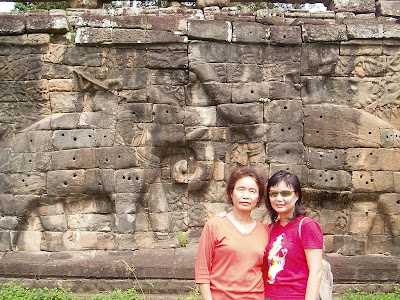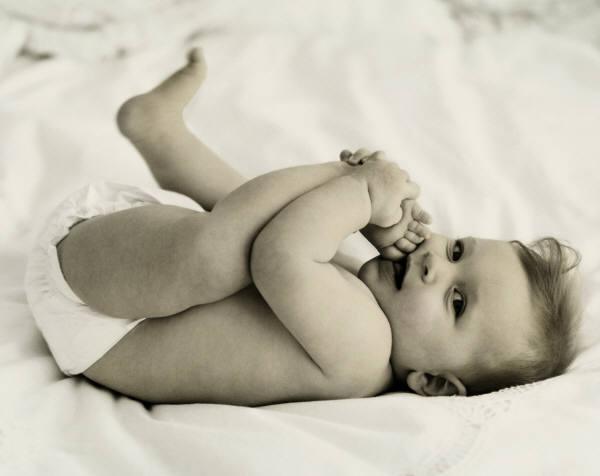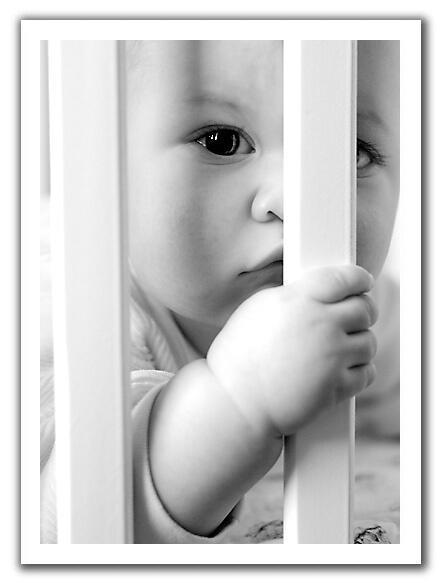Thursday, August 9
Thom means "big" so Angkor Thom is "big city" in Khmer. Five monumental gates, each topped by four serene faces of Buddha, mark the entrances into the fortified city of Angkor Thom, the last and most enduring capital city of the Khmer empire. It was established in the late 12th century by king Jayavarman VII. It covers an area of 9 km², and at its height, more than 500,000 people lived within the walls of Angkor Thom. Many amazing and important monuments are found inside Angkor Thom. Two rows of statues guard the entrance to each gate – on the right is a row of god or the good spirits, on the left, the devils of the bad spirits.
Thom means "big" so Angkor Thom is "big city" in Khmer. Five monumental gates, each topped by four serene faces of Buddha, mark the entrances into the fortified city of Angkor Thom, the last and most enduring capital city of the Khmer empire. It was established in the late 12th century by king Jayavarman VII. It covers an area of 9 km², and at its height, more than 500,000 people lived within the walls of Angkor Thom. Many amazing and important monuments are found inside Angkor Thom. Two rows of statues guard the entrance to each gate – on the right is a row of god or the good spirits, on the left, the devils of the bad spirits.


The good and the bad
At the Bayon temple, 216 gargantuan faces of Buddha watch over visitors. Built around 1200 by Jayavarman VII in the exact centre of the city, it is one of Angkor's most stunning temples with a staggering 11000 figures carved into the stone walls.



Baphuon sits 200m northwest of Bayon but as it was undergoing massive restoration works, no visitors were allowed in. It used to be the shelter where the people congregate during attacks on the city by foreign forces. The 300m long Terrace of Elephants boasts of stairways with three-headed elephants and retaining walls laden with bas-reliefs of elephants and mahouts in hunting scenes. It was used as a giant viewing stand for public ceremonies and parades, and what else but elephant races!

 Terrace of the Leper King, just north of Terrace of Elephants, is a carved 6m high platform, on top of which stands a mysterious statue. Some thinks it's Yasovarman, a Khmer ruler who died of leprosy, while others think it's the Hindu god of Death, Yama.
Terrace of the Leper King, just north of Terrace of Elephants, is a carved 6m high platform, on top of which stands a mysterious statue. Some thinks it's Yasovarman, a Khmer ruler who died of leprosy, while others think it's the Hindu god of Death, Yama.(to be continued…)







1 comment:
the nose to nose pic is really good !
Post a Comment